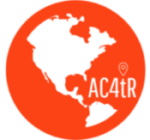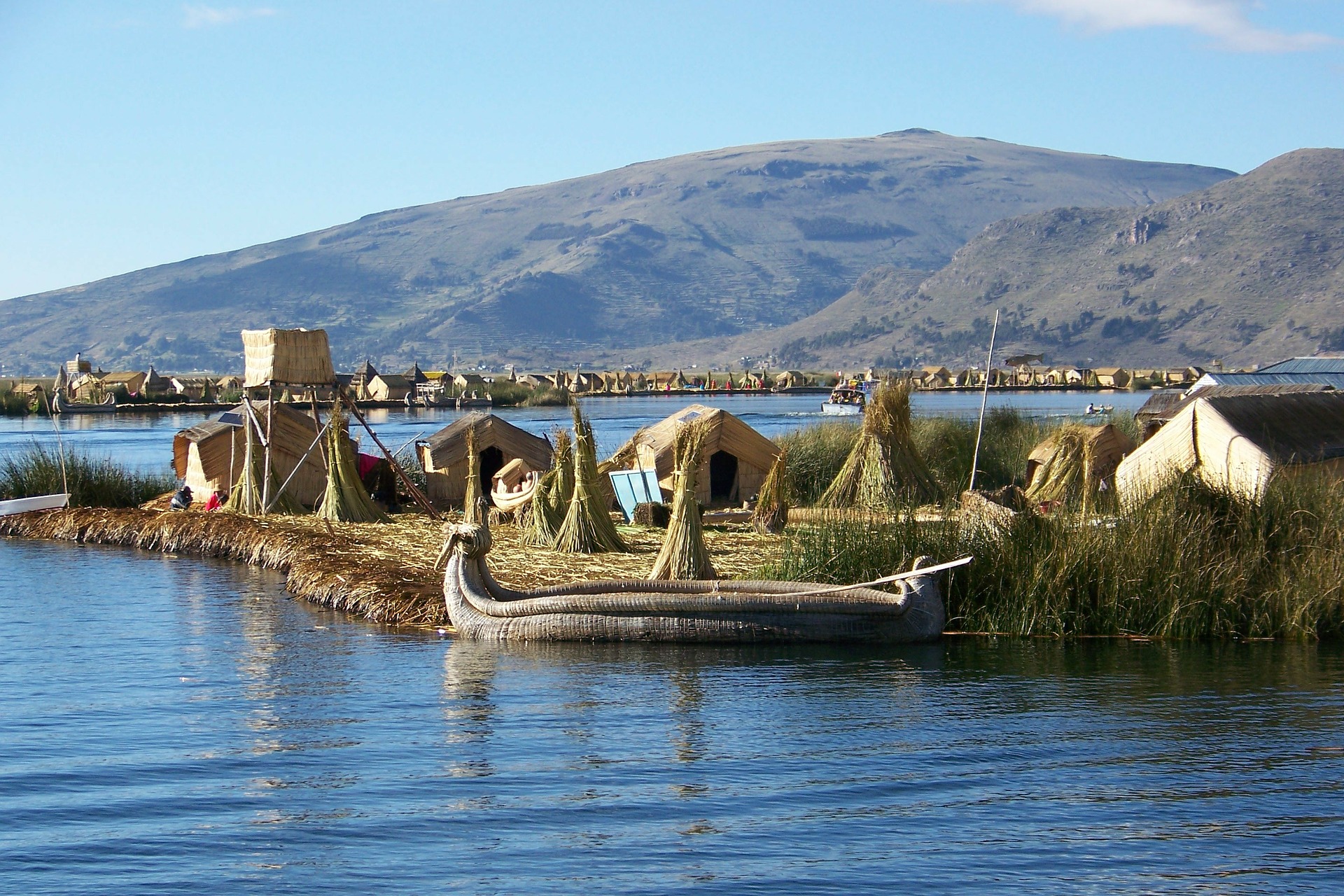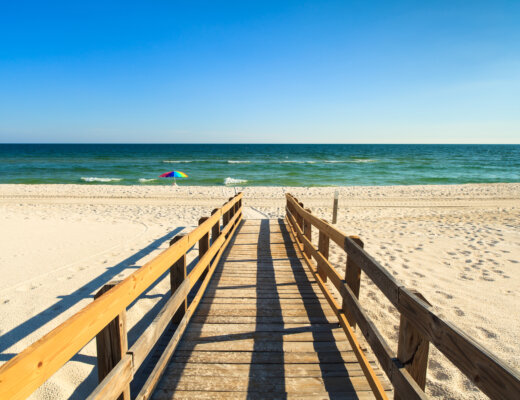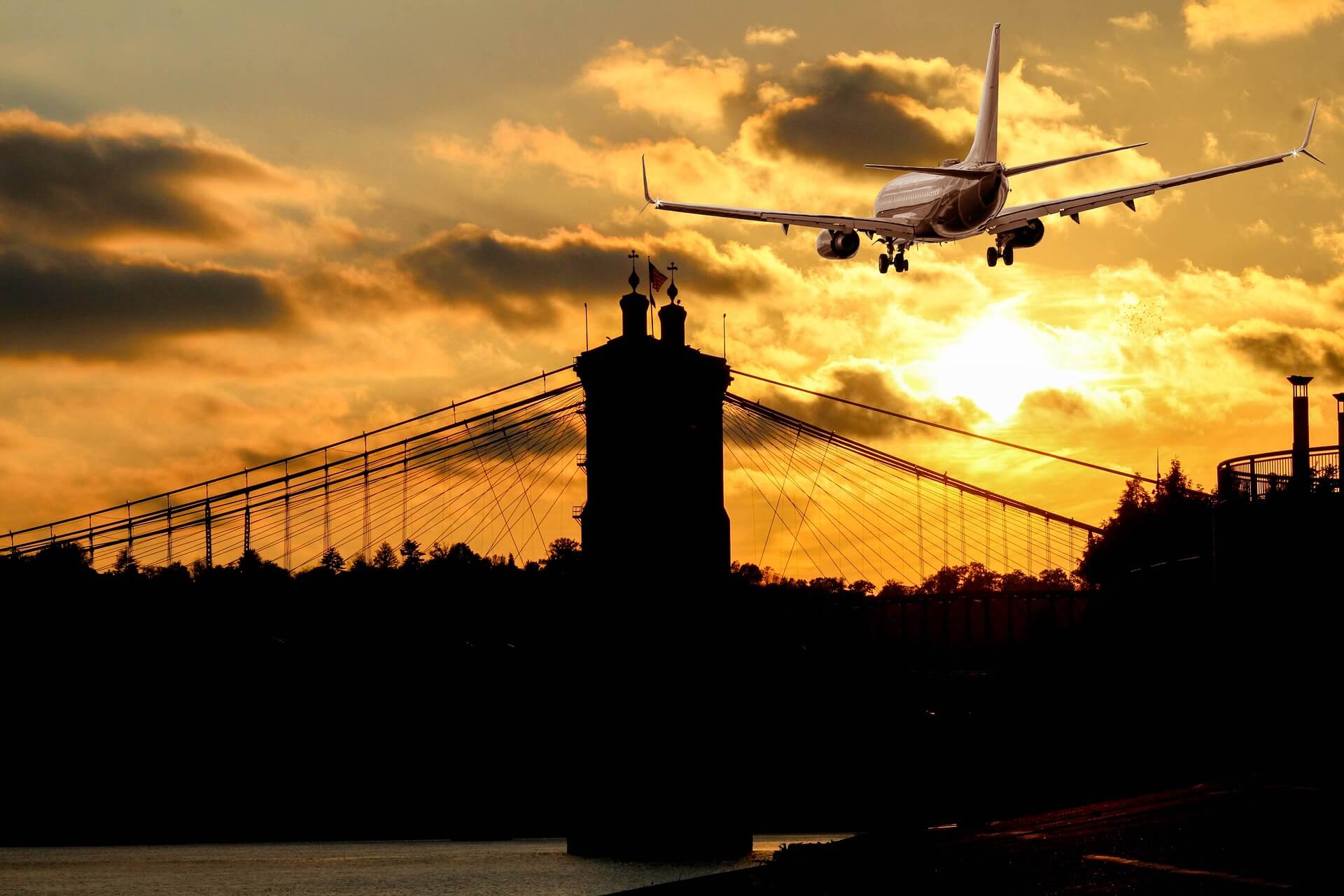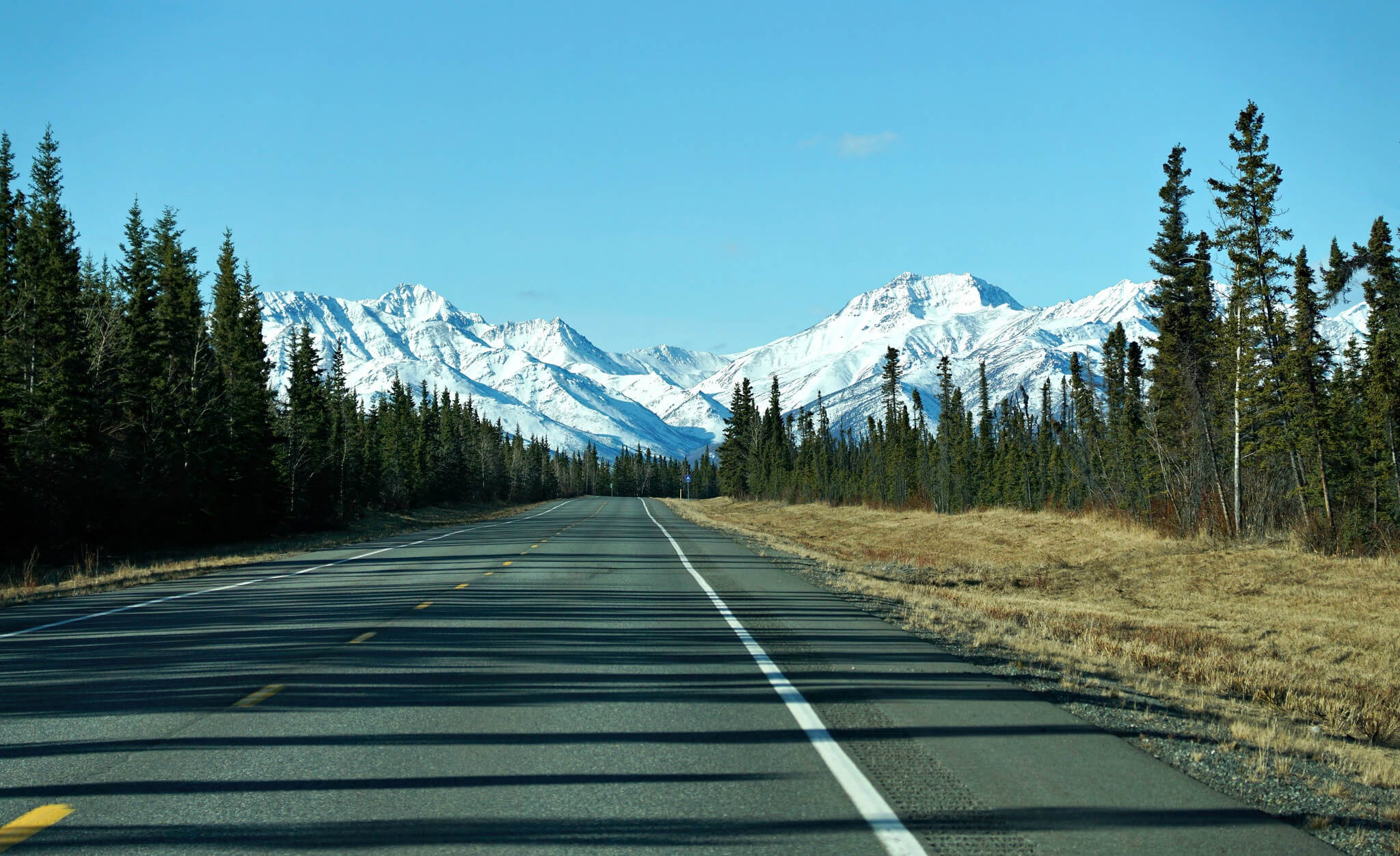Lake Titicaca, the biggest navigable lake in the world seems endless like the sea. The colour of the water is a shade of deep blue that I’ve never seen anywhere else. It is surrounded by pinnacle-like rocky hills tempting into a climb. It’s high in the Andes mountain, and the feel-temperature drops the second we are in the shade. That makes sense: in the end, we are in high altitude. Titicaca lake is a magical place with green fields, indigenous population and old legends from the Incas and even earlier civilisations. The lake itself forms a natural border between Bolivia and Peru, and it’s worth spending a couple of days on either side.
Why go to Titicaca
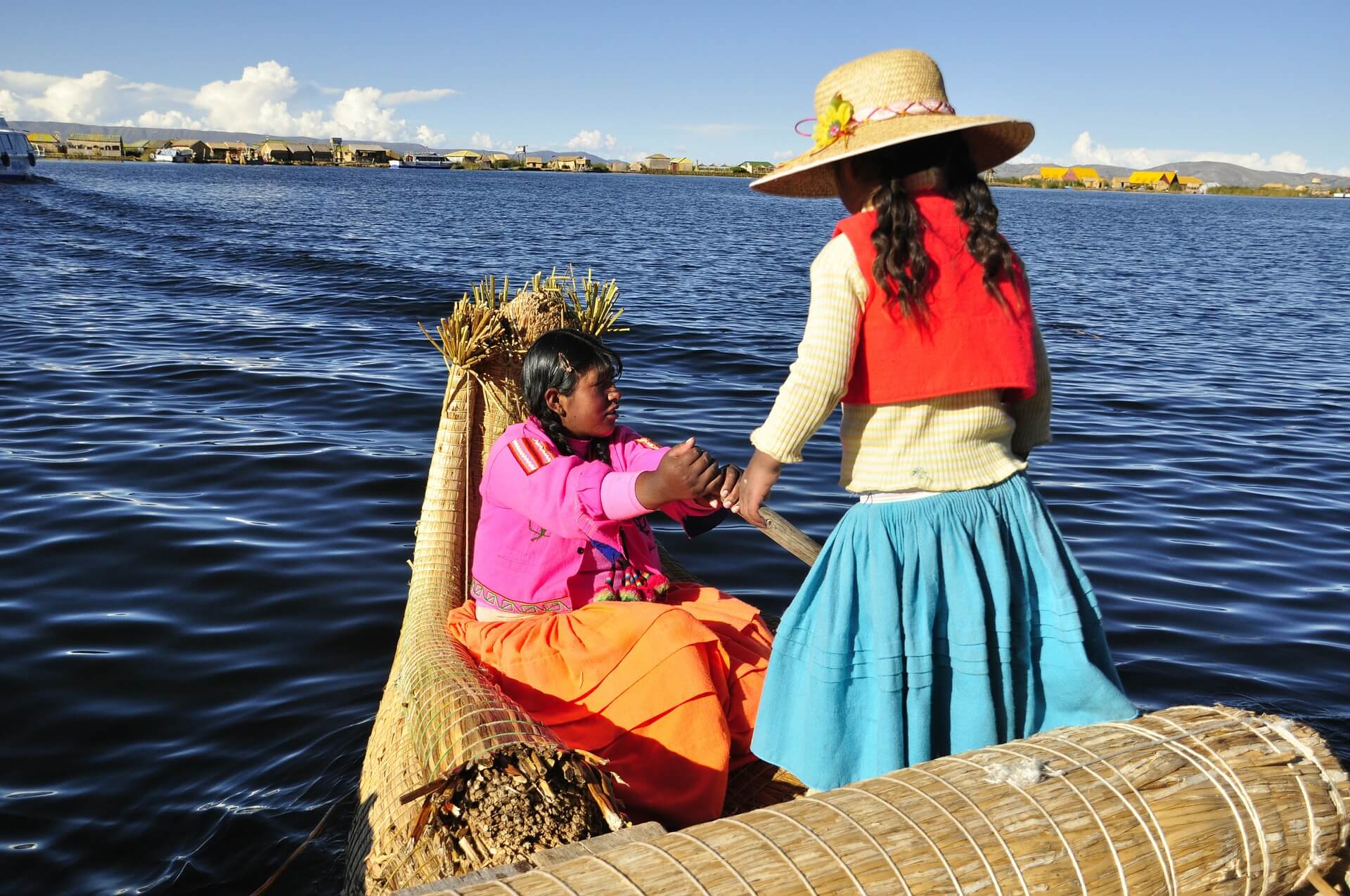
Lake Titicaca has always been an important place for ancient civilisations. According to Inca legends, it’s no less than the birthplace of the sun. What you’ll find here is Inca ruins and rural charm with all ingredients: muddy footpaths, crop fields and a beautiful, romantic landscape.
The small rural villages around the lake are inhabited by indigenous people, so you can have a peek at their traditional everyday life and celebrations.
What you should forget about though, is beach time: it’s simply too cold to strip from your clothes in high altitude. Instead, prepare with warm clothes: after the sun goes down, the temperature gets freezing. If you were travelling in South America to sunbathe, you’d better pick another destination!
Places to visit at the Titicaca Lake
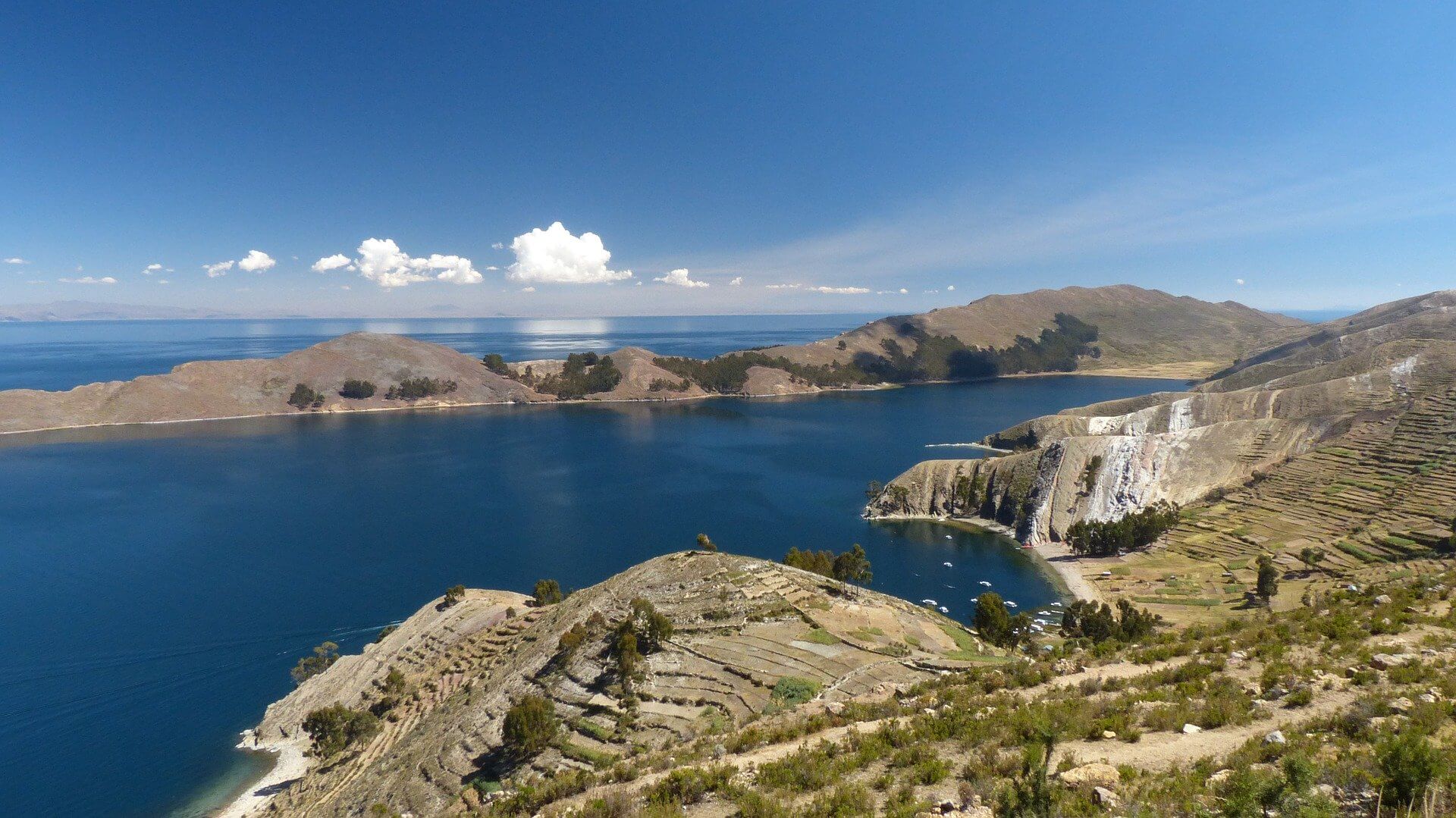
Lake Titicaca is on the list of many travellers who backpack in Bolivia and Peru; so this is the most popular border crossing between the two countries.
But which places should you visit around the lake? On the Bolivian side you’ve got Copacabana, the biggest lakeside town; then there is a couple of islands: Isla del Sol (Sun Island) and the least famous Isla de la Luna (Moon Island). On the Peruvian side, Puno is the biggest town, serving as a gateway to the man-made Uros floating islands, the big Titicaca attraction.
Titicaca Lake itinerary
3 days should be enough to explore the Titicaca lake, even if you want to see both the Bolivian and the Peruvian side.
Bolivian side
Copacabana
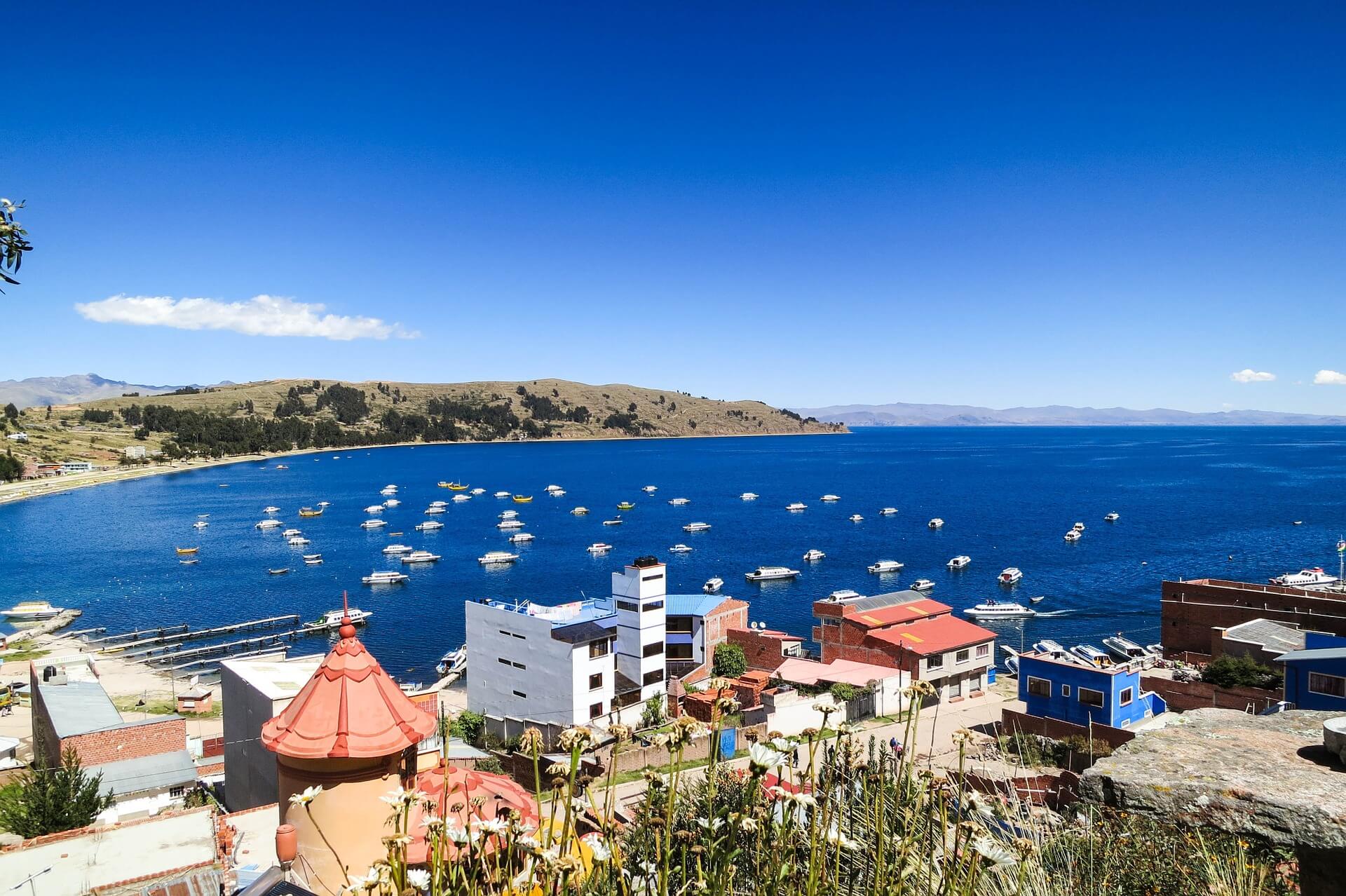
If you travel from Bolivia, you’ll probably arrive at Copacabana and that’s a good thing. It’s the biggest town in the area but it feels like a village, and the centre can be explored by foot in less than an hour.
Copacabana is very important in the country since a woman saw an apparition of the Virgin Mary there. That’s actually the reason this name was given to that famous beach in Rio de Janeiro. Visit the church that is dedicated to the vision, the Nuestra Señora de Copacabana church. Make sure you don’t miss the interesting collection of statues of the Virgin Mary from different countries, somewhere in a backroom.
I highly recommend you do the strenuous climb to Cerro Calvario to get a birds eye view of the magnificent lake. Unfortunately it’s full of rubbish on top, but the vista on the lake remains impressive.
Isla del Sol
Take a day trip or spend a night on Isla del Sol (Sun Island) in a very rural, off-the-beaten-path environment. In a way what you experience here is the essence of Bolivia in a nutshell: beautiful and rough nature, hard indigenous life, muddy paths, 4 seasons within a day.
The best activity on the island is really to hike through it and enjoy the remoteness of it. You will pass fields of potato, mud-brick buildings, some random Inca ruins scattered through the hills, and indigenous inhabitants in their traditional wear.
Unfortunately, at the time of our visit (February 2019) the northern half of the island was closed off to visitors. This division seems to be ongoing, because of disagreements between the two communities. But hiking the southern part alone is completely worth it.
Just take it easy and slow – remember that you are at high altitude and your body needs to acclimatise. Chew coca leaves or drink coca tea to ease the symptoms of altitude sickness.
You can reach Isla del Sol from Copacabana with a 2-hour boat ride. Common local boats run twice a day, simply ask at the port. If you are keen to explore another island, you’ll have to book a more expensive tour to Isla de la Luna, the smaller one near Isla del Sol in the east.
Peruvian side
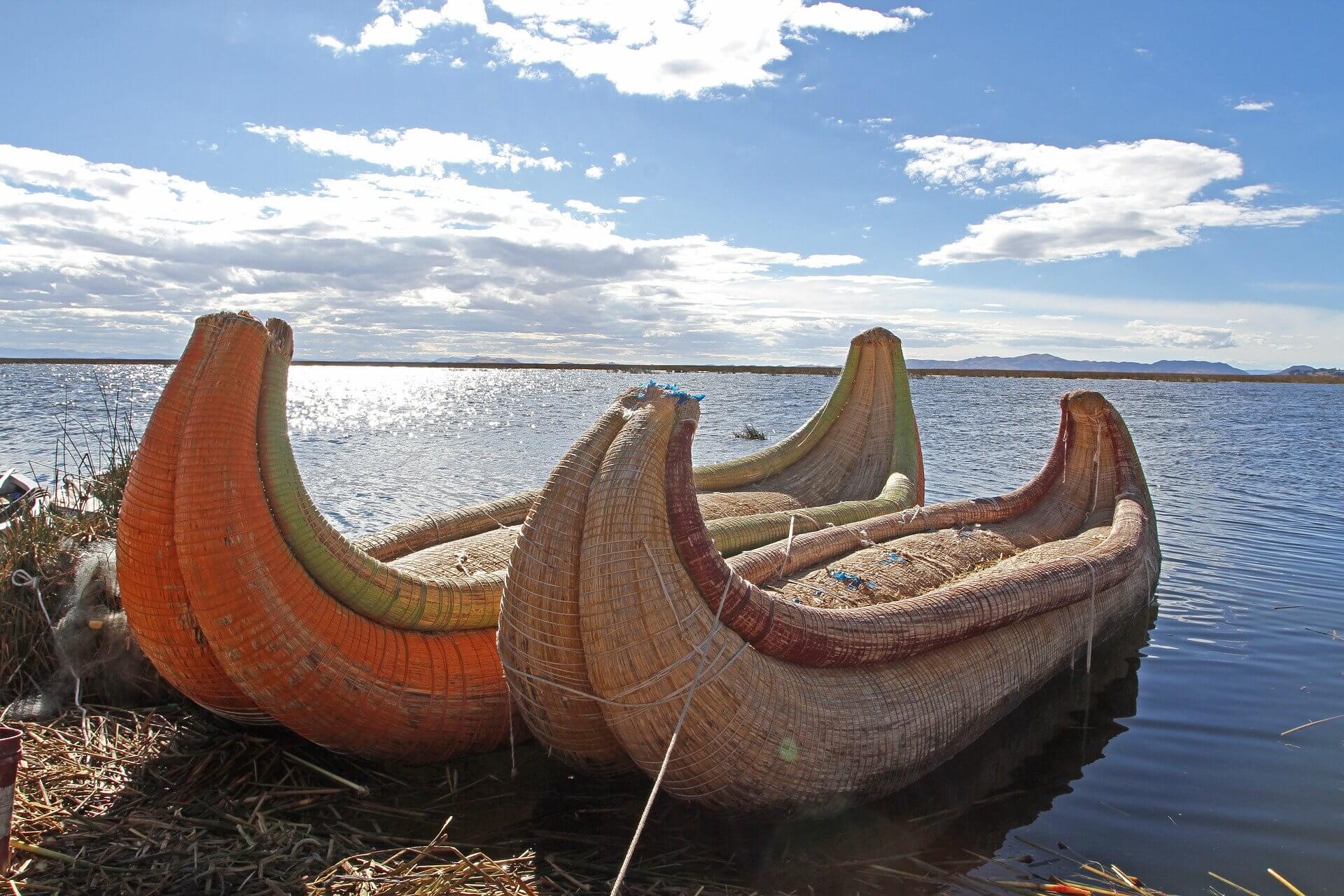
Puno
Puno, on the Peruvian side, is a bigger town. It boasts old architecture and a nice folkloric colour given by the lively folklore festivals, with typical dances and music. You can easily visit the few landmarks in a day, such as the cathedral, the historical building Casa del Corregidor; and Yavari, an old steamship that now serves as museum and bed and breakfast. When you think that this ship was hauled by mules through the Andes mountains, you have to wonder!
Islas Uros, the floating islands
These intriguing floating islands are made of reed (totora) and each little island is home to a couple of Uros families, the Indigenous people who have been living here for centuries. The families all typically work with totora to make huts, boats and other things for their own use.
Its close proximity to Puno (5 km) make visiting the Uros islands a great half-day trip. That’s possible only with a tour but there are many agencies in town.
Crossing border at Lake Titicaca
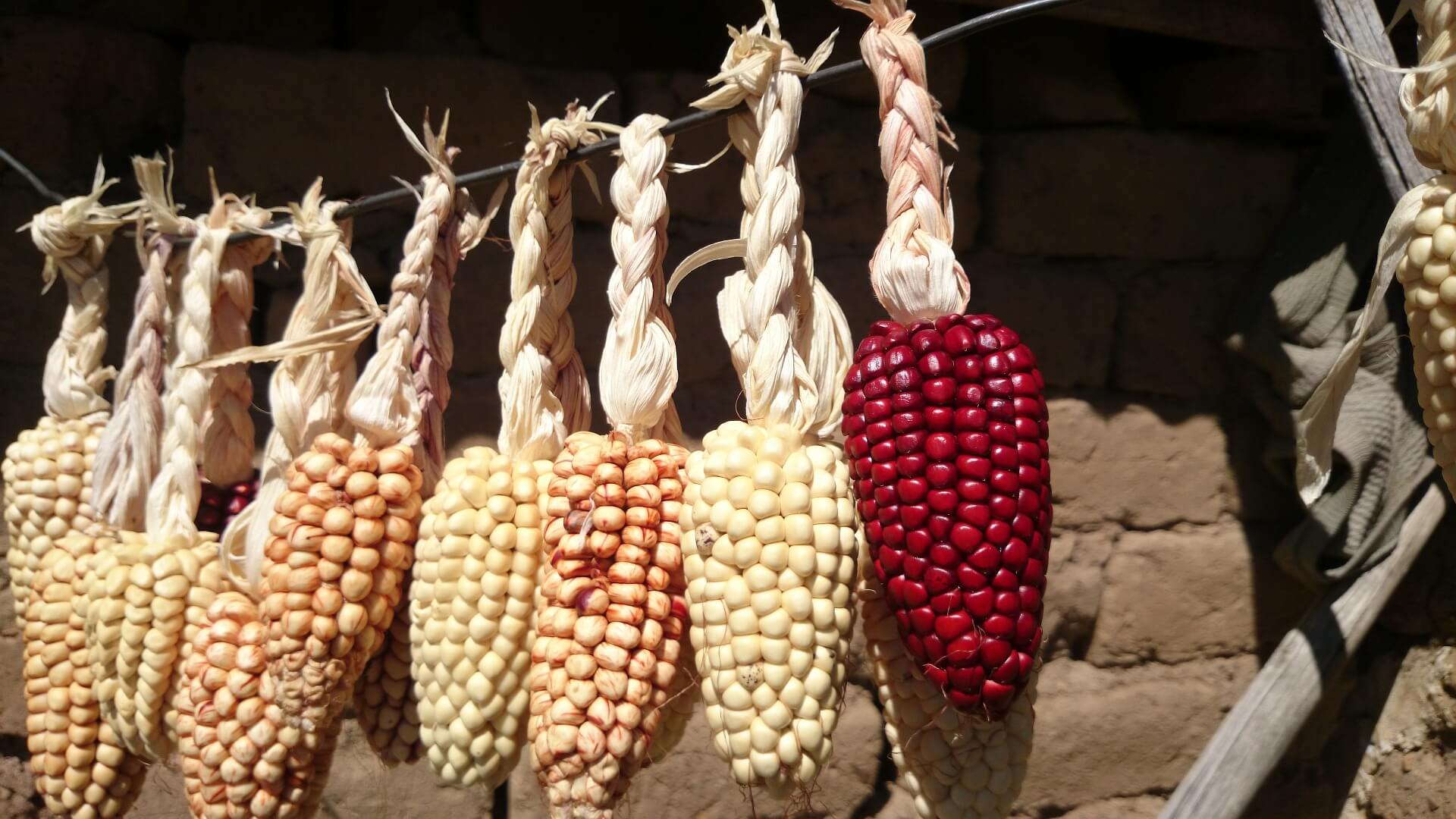
Visiting the Peruvian side of Titicaca Lake means you have to cross the border, which is pretty easy. The most hassle-free and fairly cheap option is to take a bus from Copacabana to Puno; or the other way around. You can book this at one of the travel agencies in town – don’t forget to negotiate the price!
When to go
The weather is cold and windy all year round, and you might experience several seasons within a day. Prepare everything you need against rain, wind, cold and sun.
- From April to October: it’s the dry season, cold with little rain, strong winds and constant sunshine
- From November to March: rain is on the plate, but the temperature is slightly warmer
Anna blogs with Anthony on GreenMochila.com about eco travels and her one-year backpacking trip in South America. When she’s not travelling, you can meet her at art events or on a swing dance floor. You can also find her online on Facebook, Twitter, Pinterest and Instagram.
